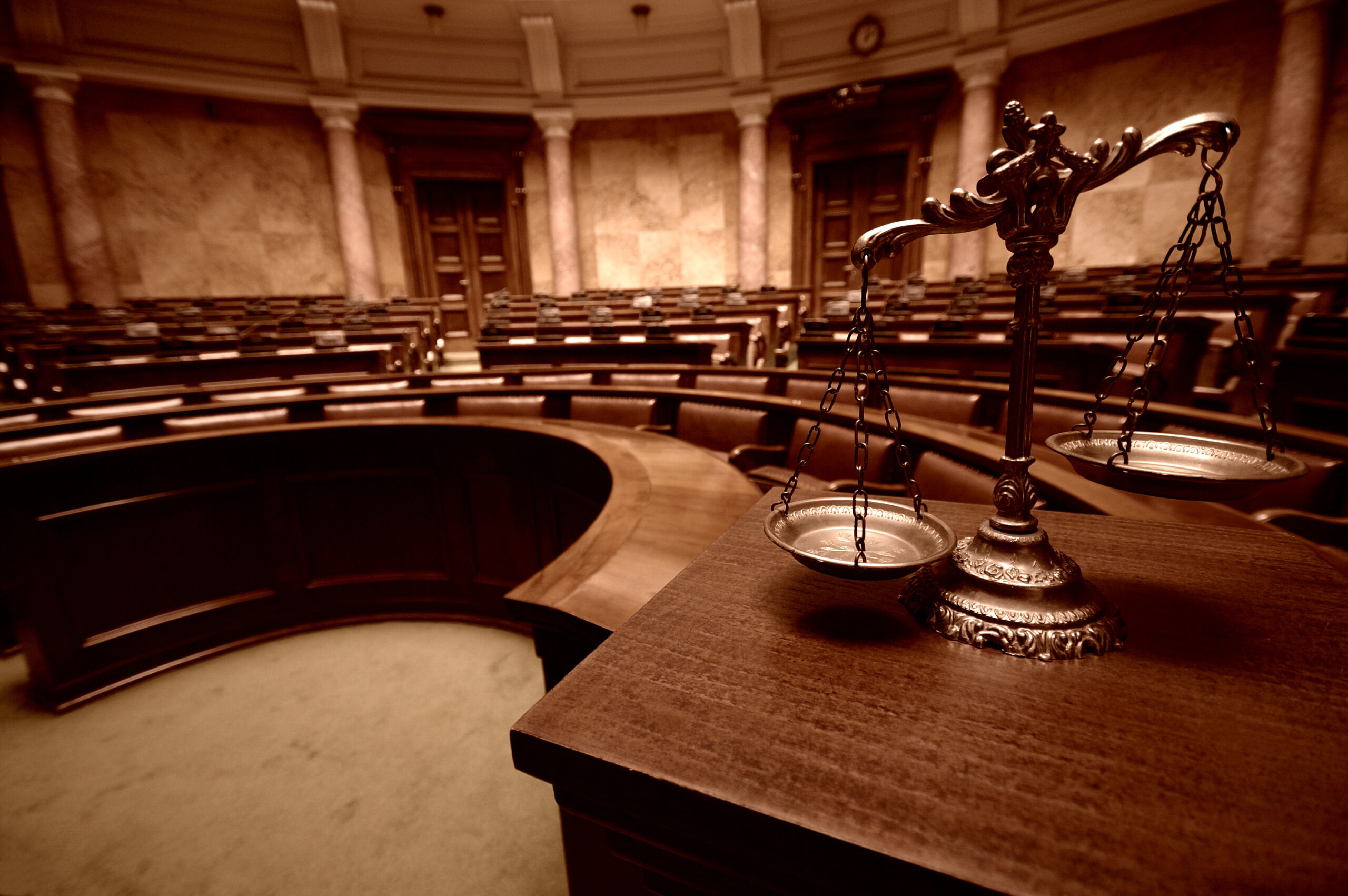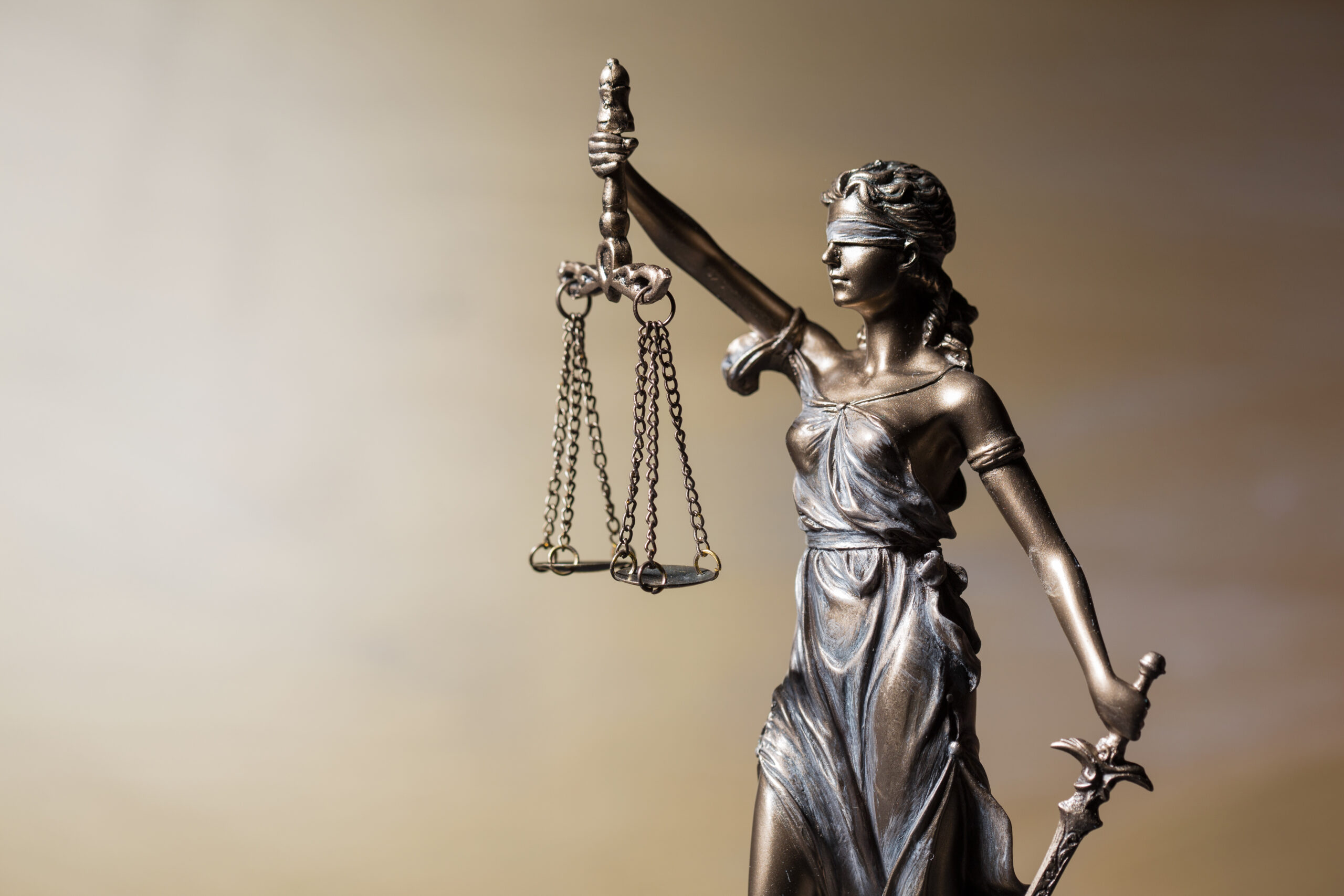By: Editorial Staff, Date: August 20th, 2024
The courtroom is a high-stakes battleground where every word, gesture, and piece of evidence can tip the scales of justice. Achieving success in this arena requires more than a solid grasp of the law; it requires a strategic approach to presenting the case. Lawyers must convey facts and evidence while engaging jurors on an emotional and intellectual level to foster a compelling narrative. A well-prepared case presentation can sway the jury, convince the judge, and secure a favorable verdict.

Here are some essential strategies that empower legal professionals to present their cases with impact, ensuring their arguments resonate and leave a lasting impression on the jury.
- Understand the Audience
Understanding the audience is important, as it helps tailor the case presentation in a way they can easily understand. Tailoring the communication style and content to suit the specific group—be it a jury, judge, client, or colleague—can significantly enhance the presentation’s impact.
Important aspects of audience analysis include evaluating their background knowledge, demographics, and psychological factors.
Evaluating the audience’s background knowledge is crucial for tailoring the approach. For instance, a jury is likely to be less familiar with legal jargon and concepts compared to a judge. When presenting to a jury, using layman’s terms to explain legal terms and procedures can aid their understanding. Additionally, employing visual aids to present complex data can enhance juror’s comprehension and retention. However, when presenting to a judge, using legal terminology is appropriate, as judges are familiar with the law and legal procedures.
Legal professionals should also tailor their presentations to their clients. Since most clients may not be familiar with legal terminology, it is essential to break down complex terms and concepts to make them understandable. Using analogies and real-life examples can also help explain legal issues.
- Design Impactful Presentation
Creating an impactful presentation involves more than just conveying information; it also requires engaging the audience effectively. Key strategies for crafting legal presentations include developing a compelling narrative and visualizing complex data. Construct a clear and persuasive narrative that connects all elements of the case, and organize the content with a strong opening, a logical sequence of arguments, and a powerful conclusion.
Visual aids such as charts, graphs, and infographics can present complex data in an easily understandable format, while interactive and dynamic visuals, such as animations, or simulations, can illustrate complex scenarios. This approach helps the audience comprehend and engage with the legal presentation more effectively than relying solely on text and paragraphs. Visual aids should be professionally designed, clear, and straightforward, avoiding clutter and misleading information.
- Use of Technology
Embracing technology in legal presentations is crucial for modern practice. Utilizing the latest tools and software enables legal professionals to create engaging, well-structured, and visually impactful presentations for their audience.
Presentation tools and software that offer templates, animations, and the ability to embed multimedia elements are valuable in legal presentations, enabling legal professionals to craft them with ease. Software specialized for legal presentations, with features like evidence management, is essential for handling the vast amount of documents and multimedia evidence required during a trial.
Emerging technologies, such as virtual reality and augmented reality, can provide an immersive experience during legal presentations. These tools are useful for illustrating crime scenes or accident scenarios, giving juries and judges a clear, hands-on understanding of spatial and situational details. Additionally, with the rise of remote hearings and meetings, video conferencing platforms offer convenience for delivering legal presentations remotely.
Achieving courtroom success depends on employing effective strategies for case presentation. By integrating clear narratives, leveraging visual aids, and embracing advanced technologies, legal professionals can significantly enhance their presentations. Understanding and adapting to the audience’s needs ensures that arguments are communicated with maximum impact. Continuous refinement and adaptation of these strategies foster greater engagement and comprehension, leading to more persuasive and compelling case presentations and ultimately resulting in more favorable outcomes in the courtroom.
Explore additional trial strategies for achieving favorable court outcomes at our webcast: Trial Strategy: How to Plan Your Approach to the Case


